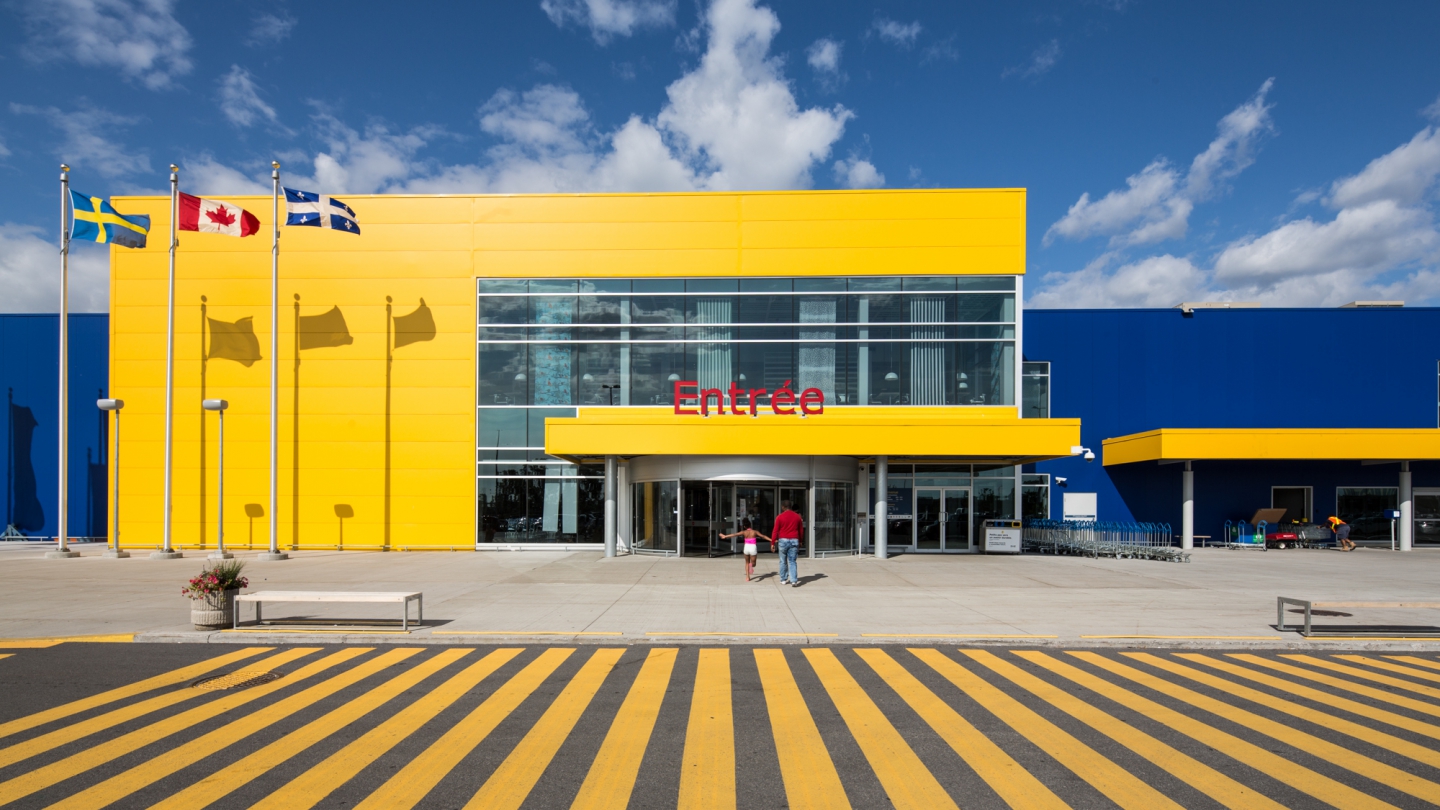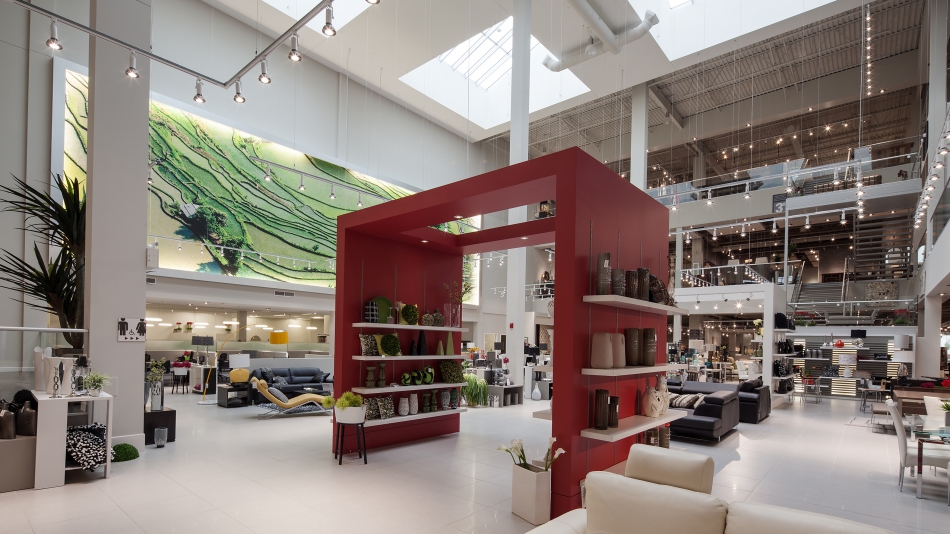Upon entering the Québec and Ontario markets, the world leader in furniture had to overcome the stringency of municipal bylaws for urban integration.
Our role was to respond to these imperatives while emphasizing the identity of the brand. Working in close collaboration with their in-house team of architects allowed us to develop solutions for adapting the brand to local standards.
As this type of business generates considerable traffic, we consulted with the Ministry of Transport to ensure fluidity of vehicle traffic and user safety. Particular attention was paid to entrances and exits, signage, connections to the road network and access to delivery docks.
The project continued in 2011 with the expansion of the Montréal store, which today stands as the largest IKEA in North America.
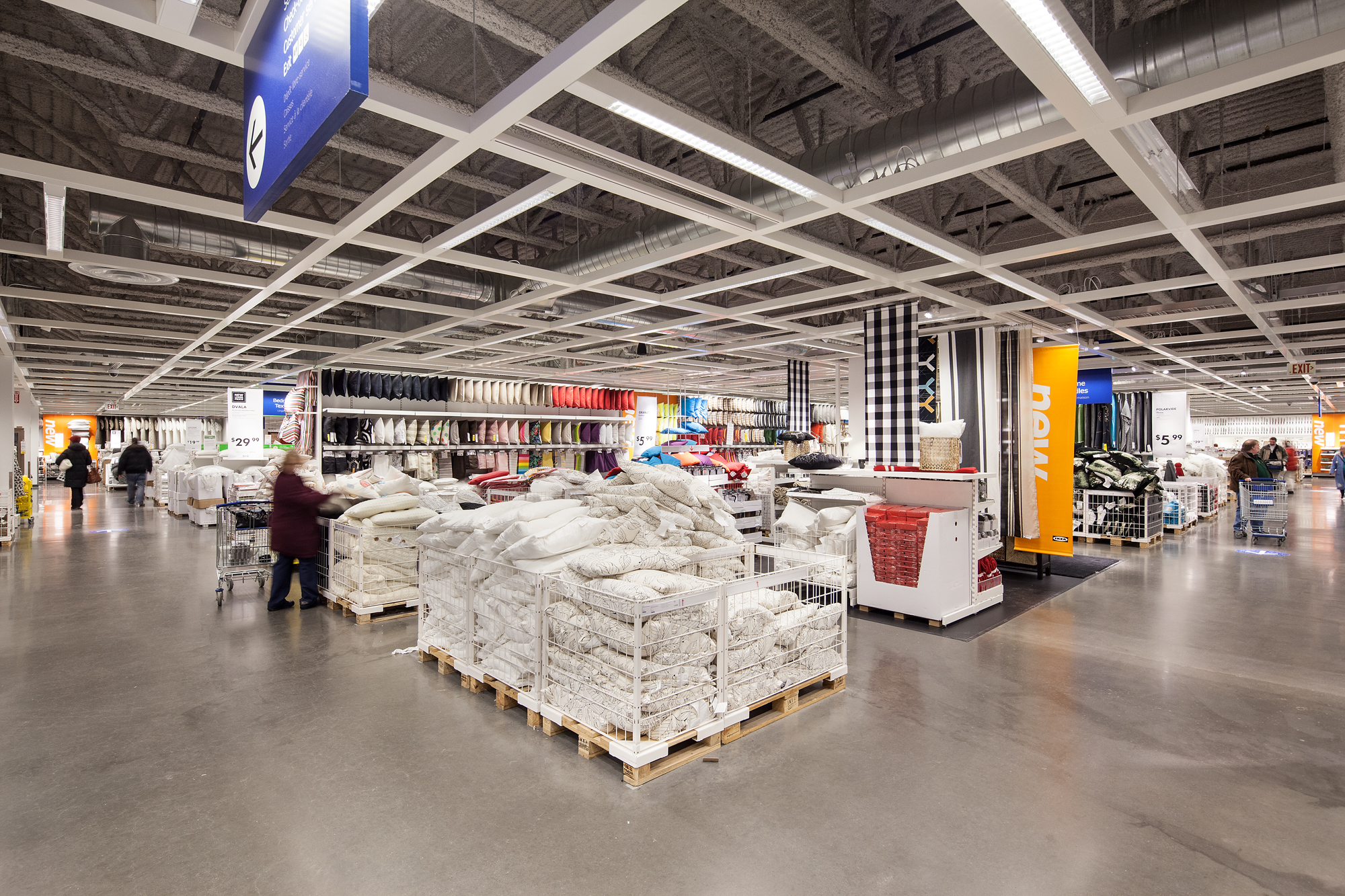
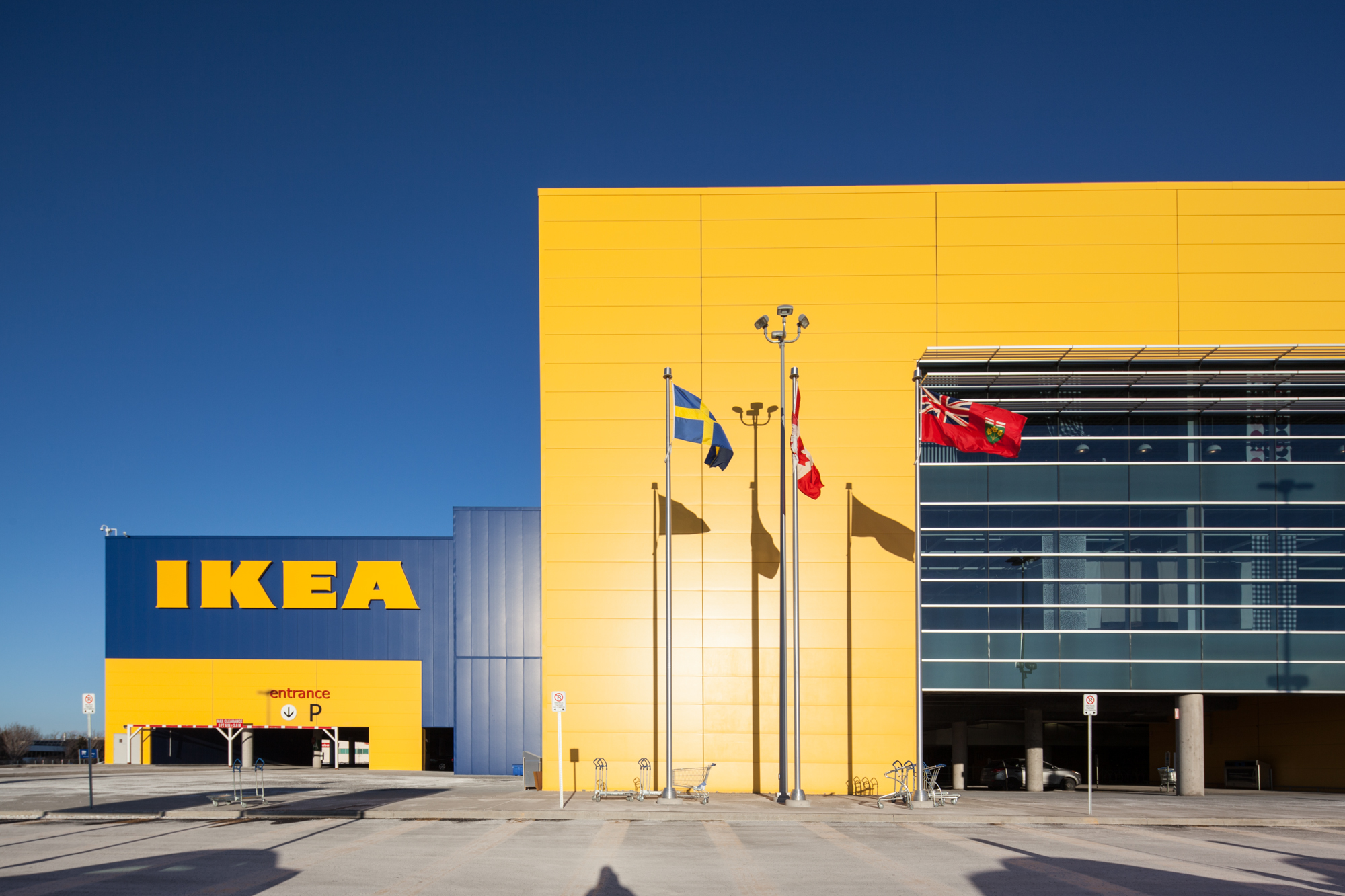

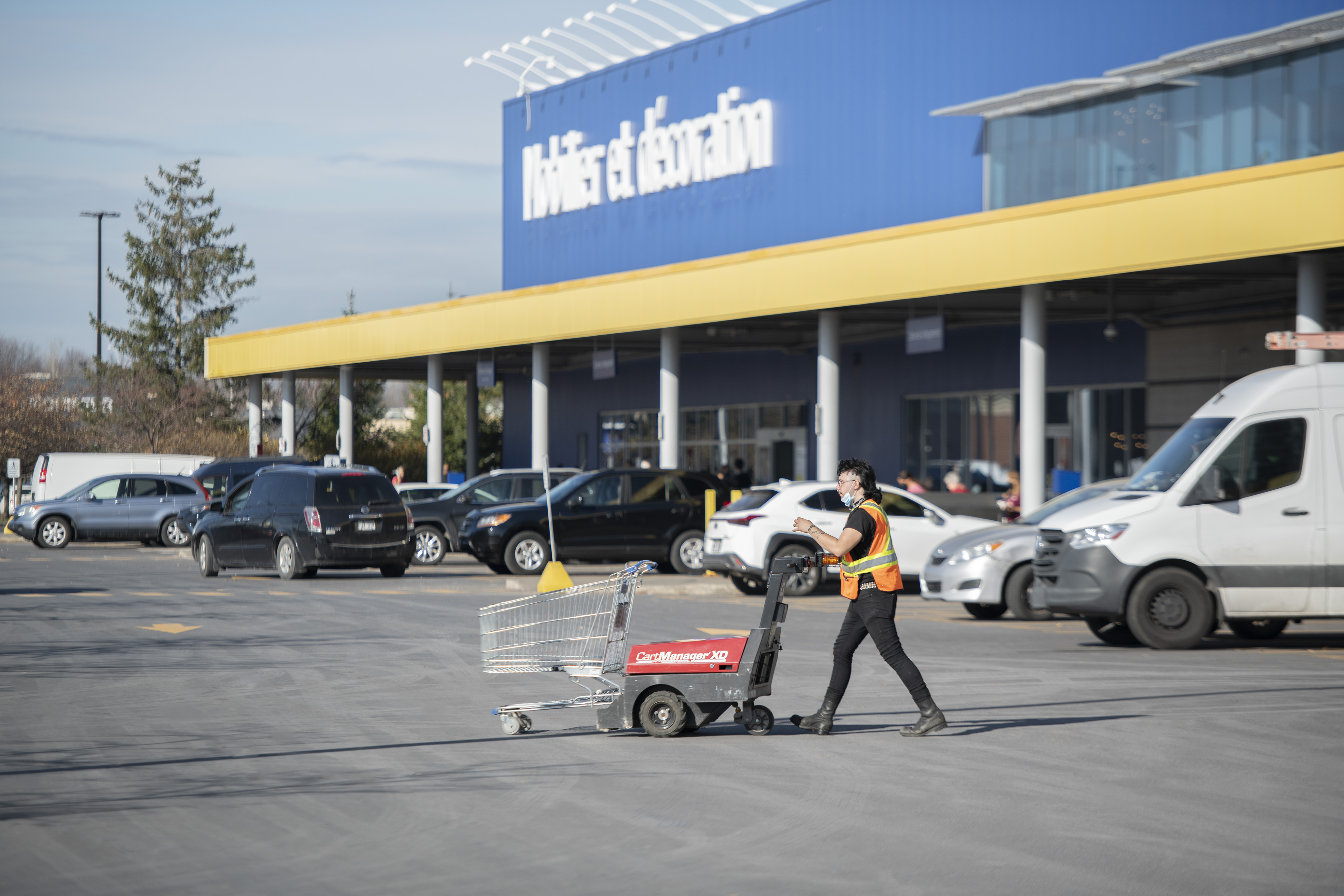
In 2020 the brand encountered two major turning points for which it requested our expertise. The first is a reaction to the “new normal” imposed by the global health crisis, and concerns the stores in Ottawa, Boucherville, Montréal, Halifax and Québec. This involves revising the distribution of surface area between direct sales and warehousing as well as access and circulation routes, in addition to integrating new automation systems to respond to new patterns of consumption.
The second turning point is part of a sustainable ideology, and aims to recycle the products distributed by the brand. IKEA is effectively creating a new department dedicated to the return and resale of used items. This department is located within the existing infrastructure which was renovated for this purpose, thereby testifying to the continuing evolution of the company and to the flexibility of the facilities designed by our teams.
Photo credits : Alex St-Jean et David Boyer
